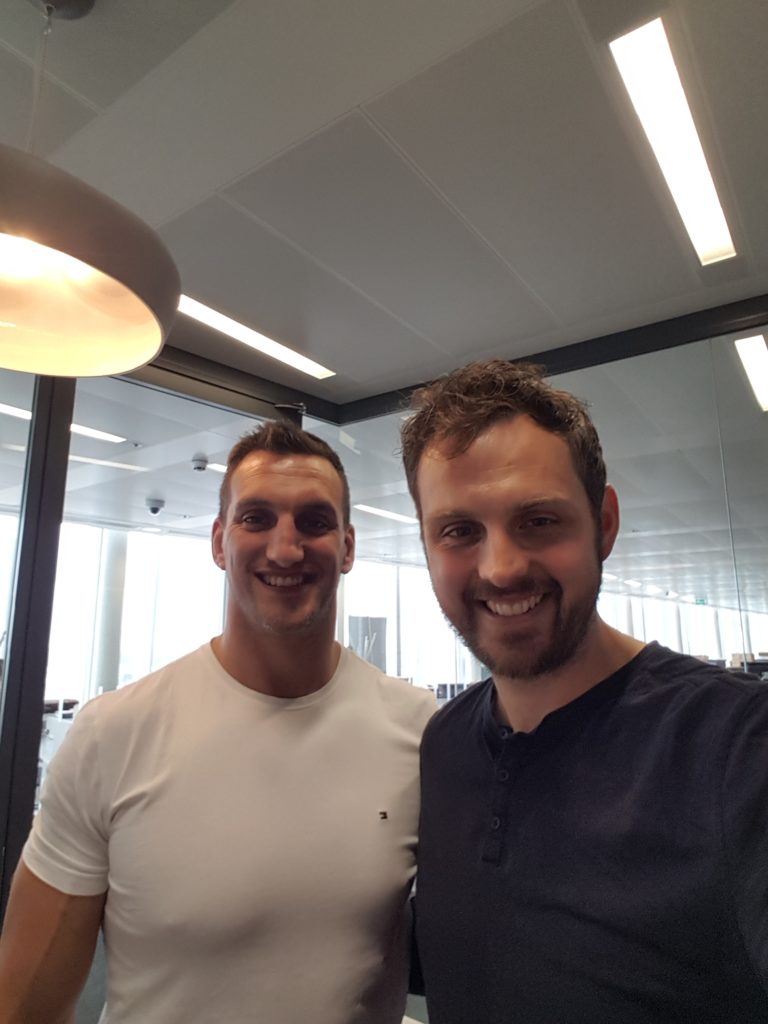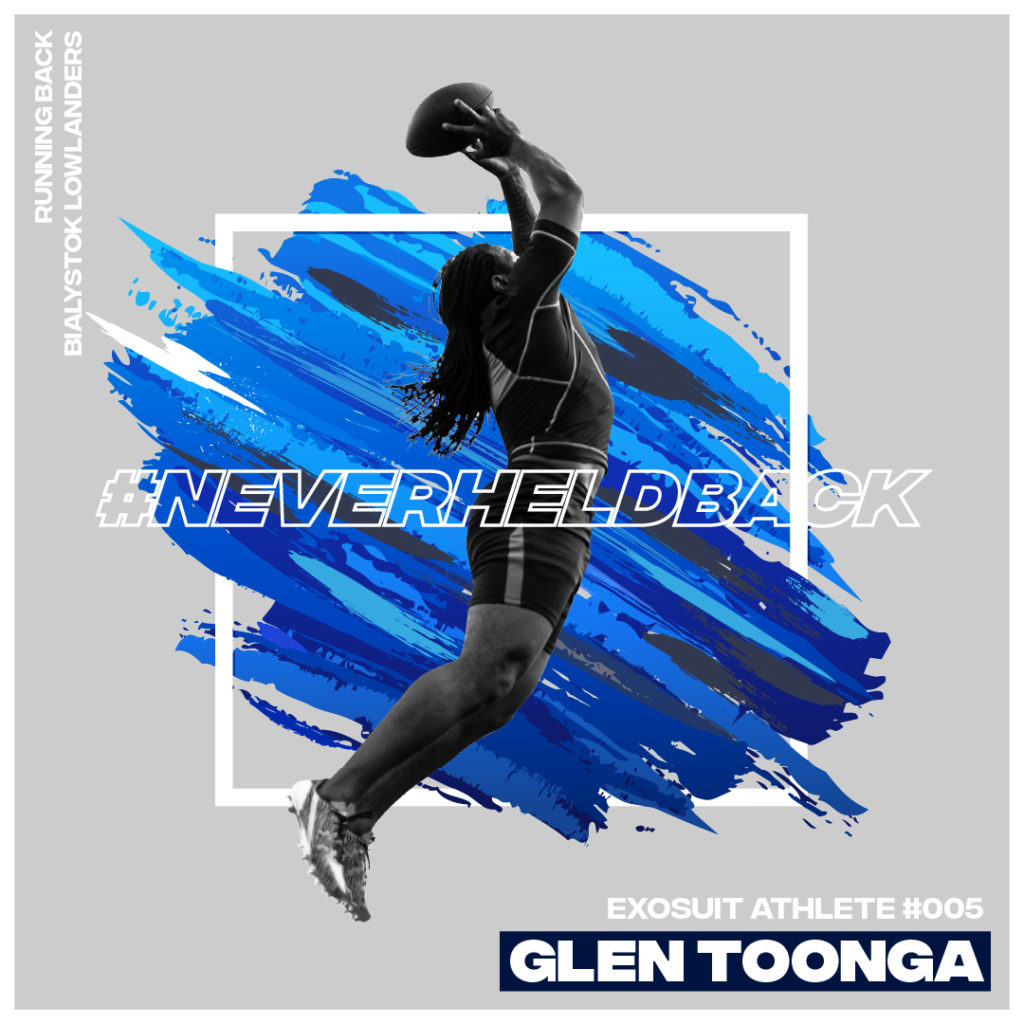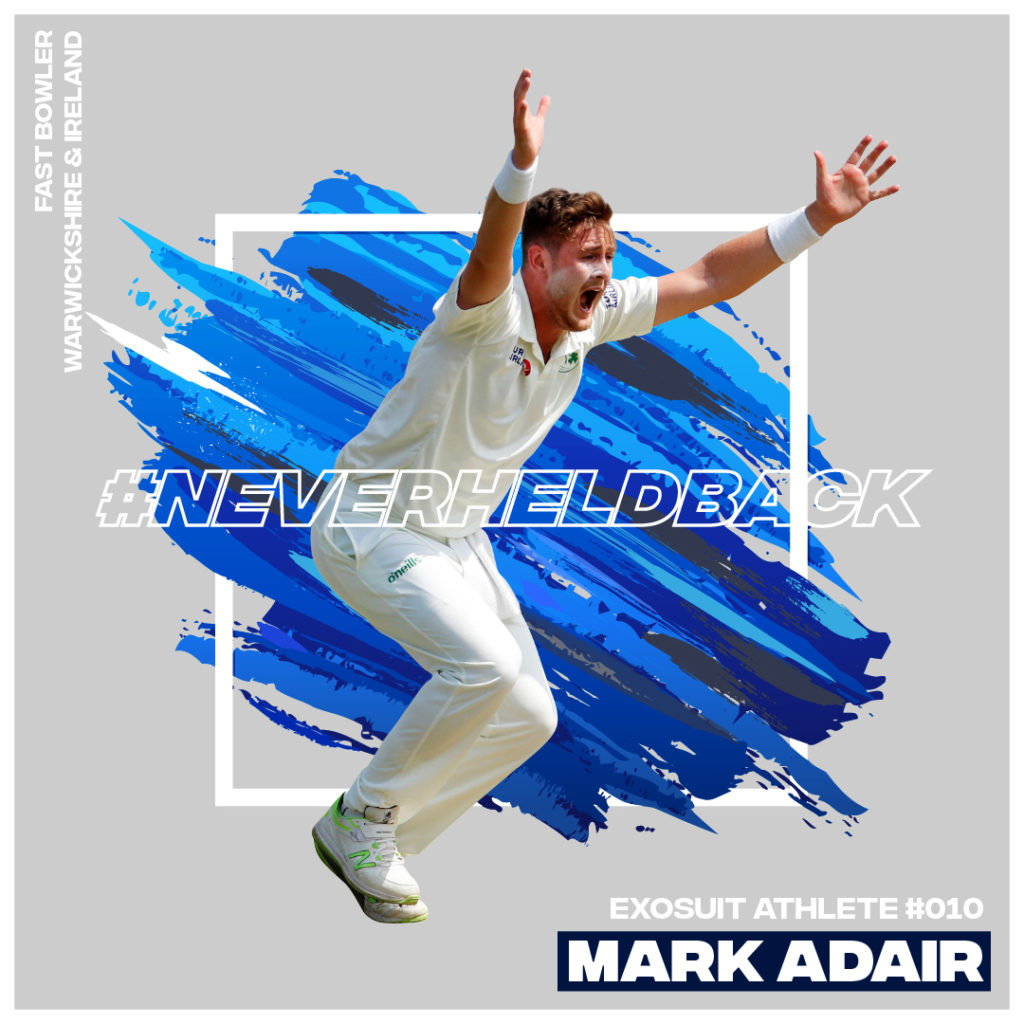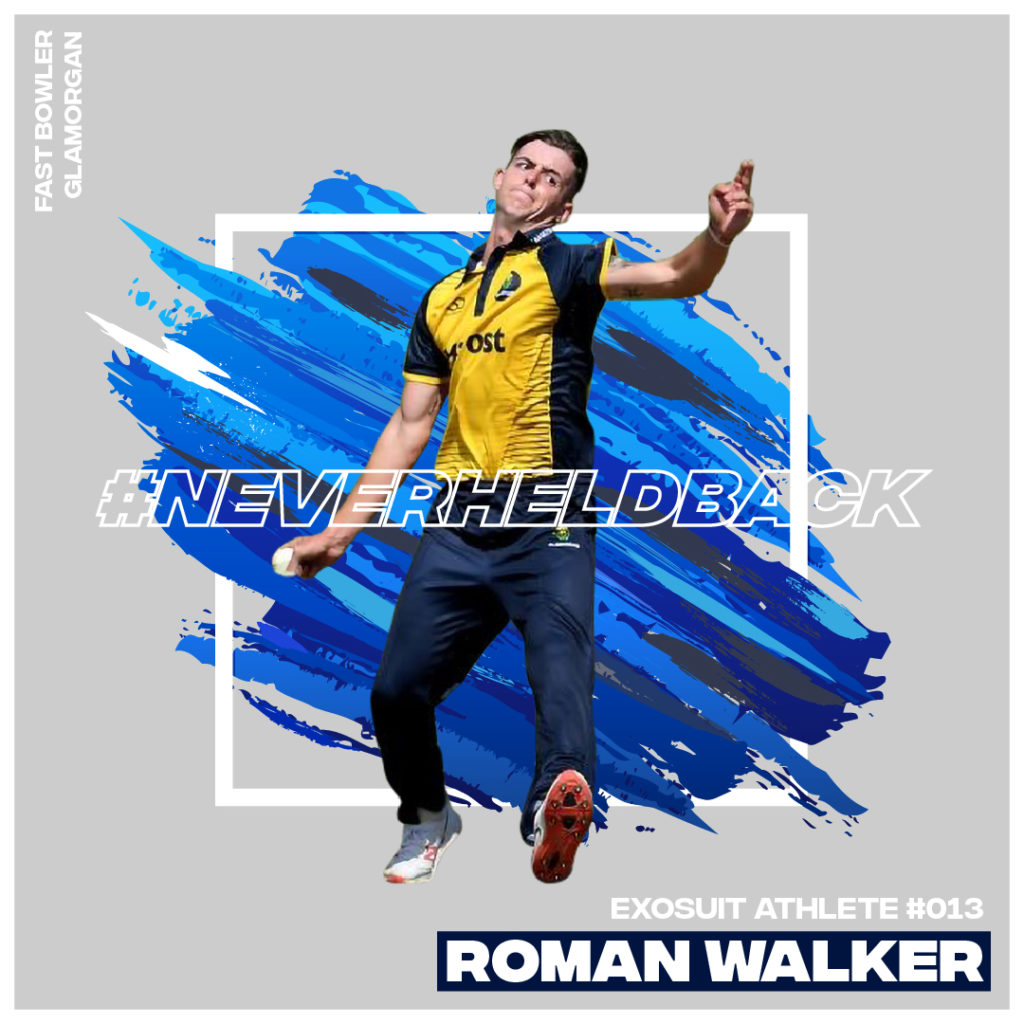
What’s your name and position within the organisation?

Ged Colleypriest, founder of Underdog Sports Marketing
Give us a brief overview of Underdog and your approach to sponsorship and partnerships specifically? What approach makes your strategy/model unique – what is your USP/differentiator?
Underdog Sports Marketing was founded to help our clients punch above their weight. Being an underdog is less about size and more about exceeding expectations, doing things differently to upset the odds. We’re set up differently to many agencies as we use our network of amazing freelancers to create a team specifically for a client.
Sometimes you need two up front, sometimes you need an extra defensive player. Sponsorship is no different, pick your team based on what you need to get the job done. We call our approach ‘Over the Line.’ Rather than concentrating on above the line or below the line, we concentrate on the end result. All the good things in sport are over some form of line. The finish line is where you win your medals, the goal line is where you score and the sidelines are where the fans are. Our focus is how we get our clients over the line they want to cross.
At the same time, to get there we also firmly believe that a sponsor should add value to the fans, make their experience better. Doing this means understanding your role, one that goes beyond ‘official partner of…’ and actually gives fans a reason to pay attention to a brand in the same way they would their favourite club, athlete or sport.
How do you measure the effectiveness of your sponsorship campaigns? What metrics do you use – and how has your approach to this evolved in recent years?
For us, the effectiveness of a sponsorship is completely dependent on the objectives of the client. I think in the past, sponsorship has had a tricky relationship with measurement. We’ve probably all sat in those renewal meetings where the campaign has run smoothly but no one is really sure whether it’s worked or not. Defining what success looks like from the outset has to be agreed with the rights holder, agency and brand.
Sponsorship isn’t a direct response medium but there is still more we can do to prove the impact it can have on the bottom line. The best rights holders and insight agencies are creating surveys, measurements and dashboards that are built with a specific campaign in mind, not just the off-the-shelf research that was the norm for so long.
What are some recent clients you’ve worked on campaigns for, and how do these campaigns speak to wider new and emerging trends in your business area?
Since March we’ve been working with The Varsity Matches (Oxford v Cambridge rugby) alongside a great digital agency called mch.london. What started initially as a conversation around sponsorship sales has turned into an ongoing project encompassing brand development, ticketing, merchandising and most aspects of commercial.
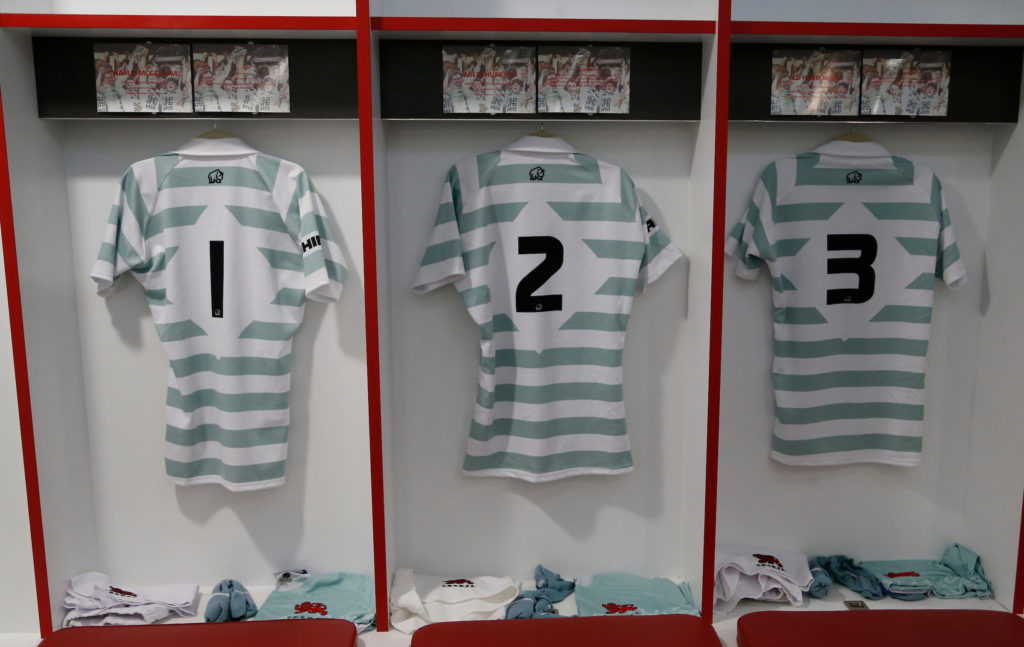
In terms of the wider trends, we’ve definitely looked to create a property that focuses not just on the traditional assets (FTA TV coverage etc) but actually addresses a sponsor’s genuine business needs. If a company wants to recruit the best talent, how can we link them up with candidates from the Universities? This to me is more compelling than the logo placement stuff.
We’ve also just been working on a rebranding campaign for Exosuit, a challenger sportswear brand. They are primarily a DTC brand which brings challenges and advantages. Naturally, the immediate focus was on sales but the CEO and CInO have been really receptive to our recommendations of building the brand story. Now it’s time to put the new brand into practice and deliver on the sales piece.
How has the way fans engage with sponsors changed in recent years, and how is this affecting how you work and how you deliver on strategy?
The obvious answer is digital. But there’s more than just that. Over the past ten years, I’d say that there has been more scepticism towards sponsors from fans, or at the very least a degree of apathy. The two things are potentially linked, you can’t tell me that it’s good in the long-term to have 15 different sponsors on a rugby jersey. It doesn’t work for the fan, who sees their beloved colours hijacked by too many logos, it doesn’t work for the brand who get zero cut-through. It only works for the commercial team in the short term. Finding ways to engage sponsors with campaigns that reduce the dependence on assets like shirt space and tell interesting stories through digital channels is the challenge.
The backlash towards bookmakers could well be deepening cracks between fans and sponsors. Many clubs, particularly in football have become reliant on this category. Some recent news stories suggested that Everton and Aston Villa had seen significant upsurges in shirt sales since adopting Cazoo as sponsor instead of bookies. The walls have been closing in for this category for a while and it is going to present significant challenges for many sports (not just football) if tighter regulations or out-and-out bans are introduced.
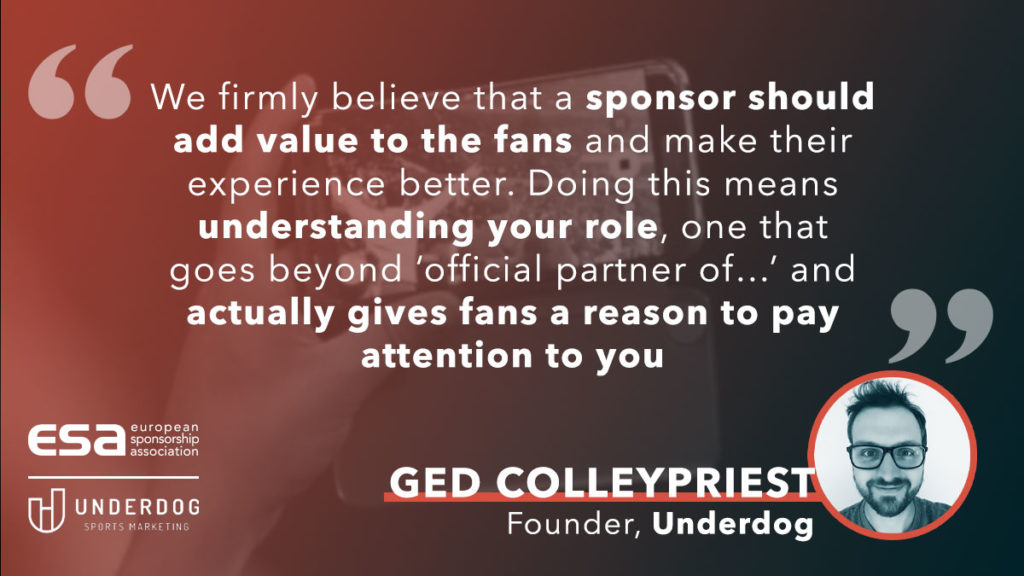
How has sponsorship changed over the past few years, and has Covid-19 caused this to accelerate?
I actually think that there have been some outstanding examples of creativity during the COVID19 crisis. Having the rug of matchday revenue pulled from underneath clubs has triggered some rights holders to think of new ways to excite sponsors. The likes of Forest Green Rovers, Stevenage and Leyton Orient in football show that it’s not all about size. If you’re out there just selling ‘assets’ and ‘packages’ then you’ll get the same old sponsors, if you have great creative ideas and compelling stories to tell you can earn a seat at the table with the Innocents and Burger Kings of this world.
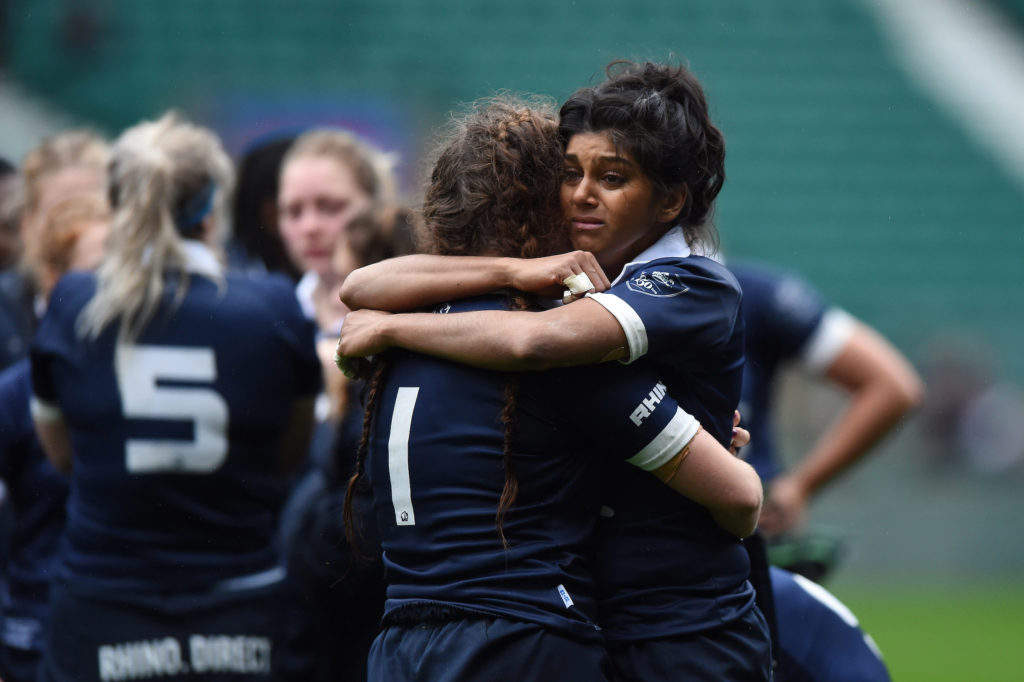
Anything else to add?
2020 was definitely not the year that any of us had hoped for but the good work that is going on out there can help to shape the future of sport sponsorship. I really feel that whilst there’s incredibly tough times ahead, there are massive opportunities for sponsorship to play a positive role. There will be a captive audience of fans desperate to get back into the grounds, the terraces, the the pubs and the racecourses.
If you want to read any more of these musings, rambings or rants, you can find The Underblog right here.
